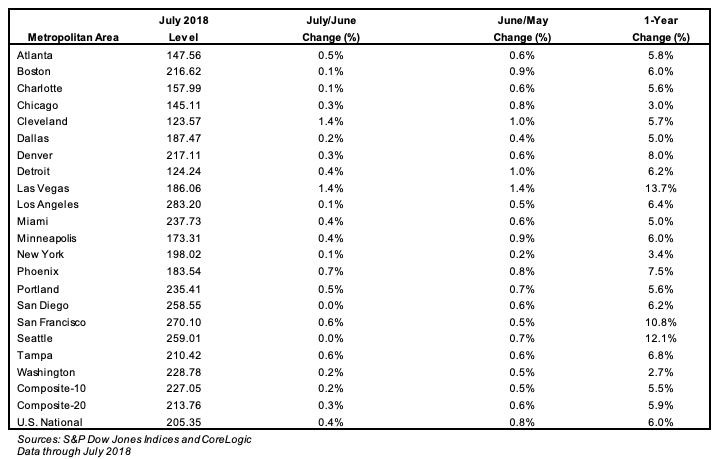
14 Morning Dove – REMAX Fine Homes Canaday Group
Appeal to ultra-wealthy buyers’ reptilian brains, and focus on the luxe creature comforts that everyone appreciates
This summer we’re looking at the state of the luxury agent and broker in today’s increasingly complex real estate market.
What does it take to market a $20 million property? How would you market a $135 million listing? These questions were posed to panelists at the Inman Luxury Connect conference in Miami in 2007, and they are as apropos today as they were then.
Not surprisingly, what it takes to market to the wealthiest buyers in the world works at most other price points as well.
The reptilian brain
At that conference, I first became aware of Jurgin Klaric’s and Clotaire Rapaille’swork on culture codes and how they vary from country to county. Understanding these codes is critical if you want to successfully represent luxury clientele.
According to Jurgin Klaric, “Forget about location. Marketing to the ultra wealthy is all about niche marketing and appealing to the factors that anchor luxury in the buyer’s country.”
Clotaire Rapaille, the marketing consultant to numerous Fortune 100 companies, also emphasizes the importance of being “on code” when you work with buyers and sellers. In his book, The Culture Code, he identifies what’s on code for Americans as well as those from numerous other countries.
Both men believe that the reptilian brain, rather than the cortex, regulates the buying process. The cortex handles logical thinking. The reptilian brain is located in the brain stem and cares almost exclusively about its creature comforts.
You can experience the power of the reptilian brain at any buffet table. While the cortex admonishes you (“You’re supposed to be dieting!”), you load up your plate and then go back for seconds.
As Rapaille puts it, “the reptilian always wins.” In other words, the brain’s desire for food, comfort and other primal triggers outweighs logic.
Applying it to real estate
This same pattern also applies to real estate. Put yourself in your buyers’ shoes. The logical part of your brain may tell you that a particular property is in a bad location, has street noise and is going to take a considerable amount of money to repair.
“You shouldn’t buy this,” your cortex shouts.
You write the offer anyway because, “There’s something about this house that I love.”
Thus, to successfully market to the luxury buyer, or to any buyer for that matter, you must be on code.
What are the codes for luxury? Rapaille’s clients spend $200,000 per day to consult with him about this issue. Based on his work, here are a few key anchors for the ultra-wealthy.
1. Safety matters
American society places a high value on safety. For the ultra-wealthy, safety is often an obsession.
While they’re concerned about protecting their assets, an even greater concern is the safety of their families. Many ultra-wealthy clients refuse to list their properties on the multiple listing service (MLS), have virtual tours or videos that display the art in their homes or allow unvetted buyers to view their properties.
Instead, these properties are “discreetly marketed” by select agents who have the right contacts, the in-depth experience to shepherd the transaction from listing to close and the ability to refrain from ever violating their clients’ privacy or discuss their transaction.
2. Being bigger and more dominant matters
According to Rapaille, the reptilian brain wants to feel dominant. Consequently, the ultra-luxury buyer normally wants the house on the hill or something else that says, “I’m the biggest, and I’m the best.”
Successful luxury agents know how to tap into this code and find the most exclusive properties with the best views for their buyers.
3. Staging must appeal to all 5 senses
Our decision to purchase almost any product is tied to all five senses. Most agents do an excellent job of staging properties visually, but Rapaille’s work shows the way to the reptilian brain is through smell and taste.
The aroma of fresh-baked cinnamon rolls is virtually irresistible as is the clarion call of chocolate or a cold drink on a sweltering summer day.
The reptilian brain loves to relax basking in the sun.
In terms of your staging, it’s important that the master bedroom is staged as a retreat from the stresses of the day. This means plenty of pillows, an open book with a coffee cup or a wine glass on a night stand, lots of fluffy towels and bath products that create a spa-like atmosphere.
When showing an estate, find out what the buyers’ favorite type of music is prior to the showing and have that music playing in every room. Make sure the temperature is comfortable, and if it’s cold, light a fire in the fireplace.
Another approach involves giving clients a true luxury experience. Let prospective luxury buyers experience the luxuriousness of the listing. Serve caviar and champagne by the pool, and seal the deal with decadent chocolate.
Additional triggers include fresh flowers on the table, white linen table cloths and live music playing in the background while dining.
Most of the codes discussed above are pretty much universal. See part 2 of this series to discover the luxury buying codes from both the U.S. and other countries.
For more info on this article, visit: inman.com










Recent Comments